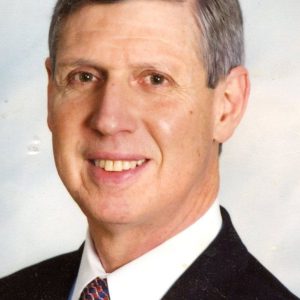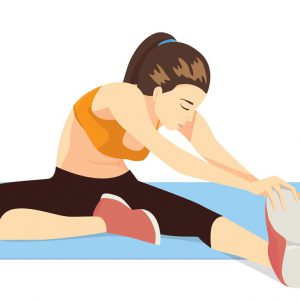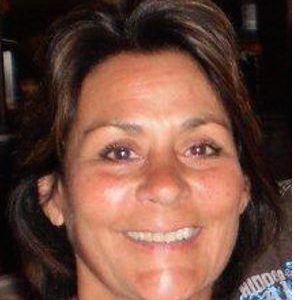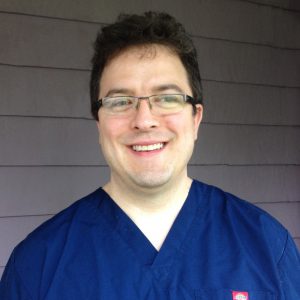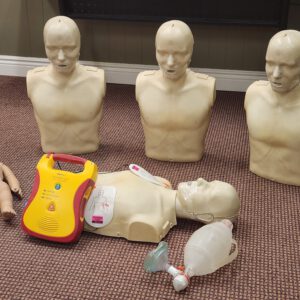MANUAL MUSCLE TESTING
6 CEUs for NJ Chiropractors and Massage Therapists (except NYS) *
LIVE IN-PERSON CLASS. Participants should dress comfortably.
Course Objectives:
Upon completion, the participant should be able to:
- Explain the history of muscle testing and how it can be used as an evaluative and diagnostic tool
- Understand the differences between manual versus instrument muscle testing
- Identify and isolate test muscles
- Test most muscles
- Diagnose or detect conditions using five standard muscles
- Explain how muscle dysfunction relates to the diagnostic process
- Determine methods for making corrections if muscle weaknesses are identified
Course Outline:
- Discuss history of muscle testing in health care as an evaluative and diagnostic tool from its start, in 1916 up to the current times. This will include published scientific papers from Medicine, Chiropractic, Osteopathy, Physical Therapy, etc.
- Understand Manual Muscle Testing (MMT) and compare it to instrument muscle testing. Cybex testing and hand held instruments, and comparison with manual muscle testing, and grading of tests.
- Use of muscle testing in health care practice as an evaluative and treatment tool. Learn the isolation of the test muscles along with the understanding of synergistic, antagonistic, and fixators as a functional neurological system.
- Learn muscle testing of upper extremity muscles: biceps, brachialis, triceps, and coracobrachials, shoulder movers pectoralis major, latissimus dorsi, trapezius, rotator cuff: subscapularis, supraspinatus, infraspinatus, teres minor. Abdominals, psoas, lower extremity and pelvic muscles: gluteus maximus, gluteus medius, tensor fascia lata, quadriceps, hamstrings, sartorius, gracilis, adductors, anterior and posterior tibialis, gastrocnemius, and soleus.
- Discuss the use of five standard muscles to derive diagnostic information through functional neurology. This takes into consideration the five elements of the intervertebral foramina and their relationship to muscle dysfunction. This leading to the fact that muscle moves bone and takes place in the stabilization of many structural conditions.
Lecture with Demonstration/Hands-On Practice
Instructor: Dr. Paul Sprieser, DC, Diplomate, International Board Applied Kinesiology
Dr. Paul Sprieser, DC, DIBAK, has been a practicing chiropractor since 1969. In 1983, he became a Diplomate of the International College of Applied Kinesiology and since then, has been teaching healthcare and dental professionals (as well as veterinarians) about Applied Kinesiology and other topics. For years, he often co-lectured with the founder of Applied Kinesiology, the late George Goodheart.
Dr. Sprieser has been involved in clinical research in the areas of AK, learning disabilities, TMJ dysfunction and general health problems for over 30 years. He has published over 80 papers and is awaiting publication of a book for the general public on Applied Kinesiology.
*Course Approvals: This course is approved for NJ chiropractors through the NJ Board of Chiropractic Examiners; The Institute for Continuing Education is an Approved Provider with that Board. The school is also recognized by the PACE Program of the Federation of Chiropractic Licensing Boards; chiropractors in states that accept PACE can receive CE credit for the course. The course is also approved by the National Certification Board for Massage and Bodywork Therapy for all states but New York; The Institute for Continuing Education is an Approved Provider with the NCBTMB.



